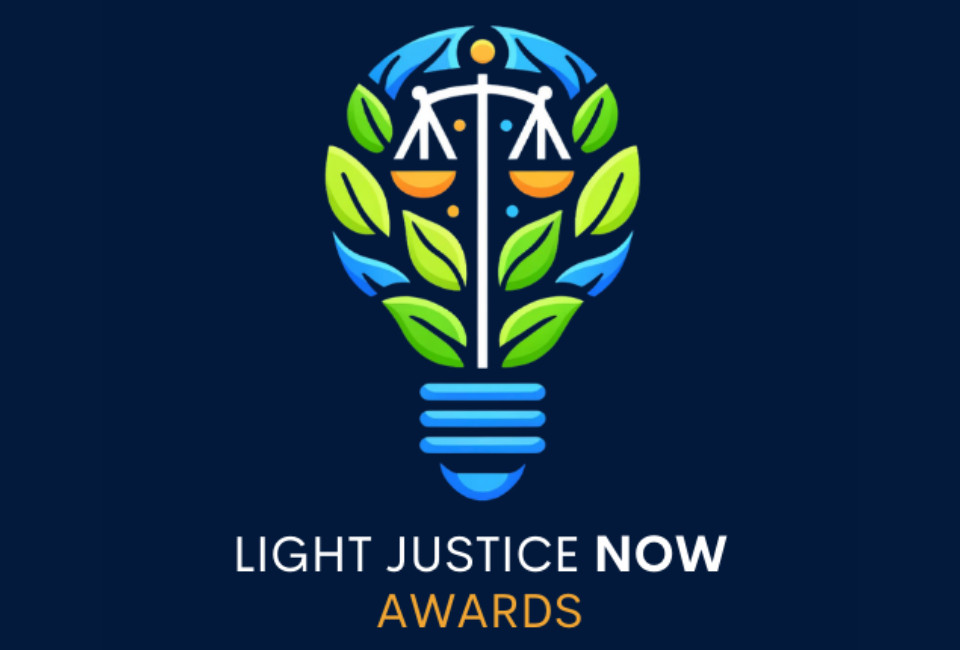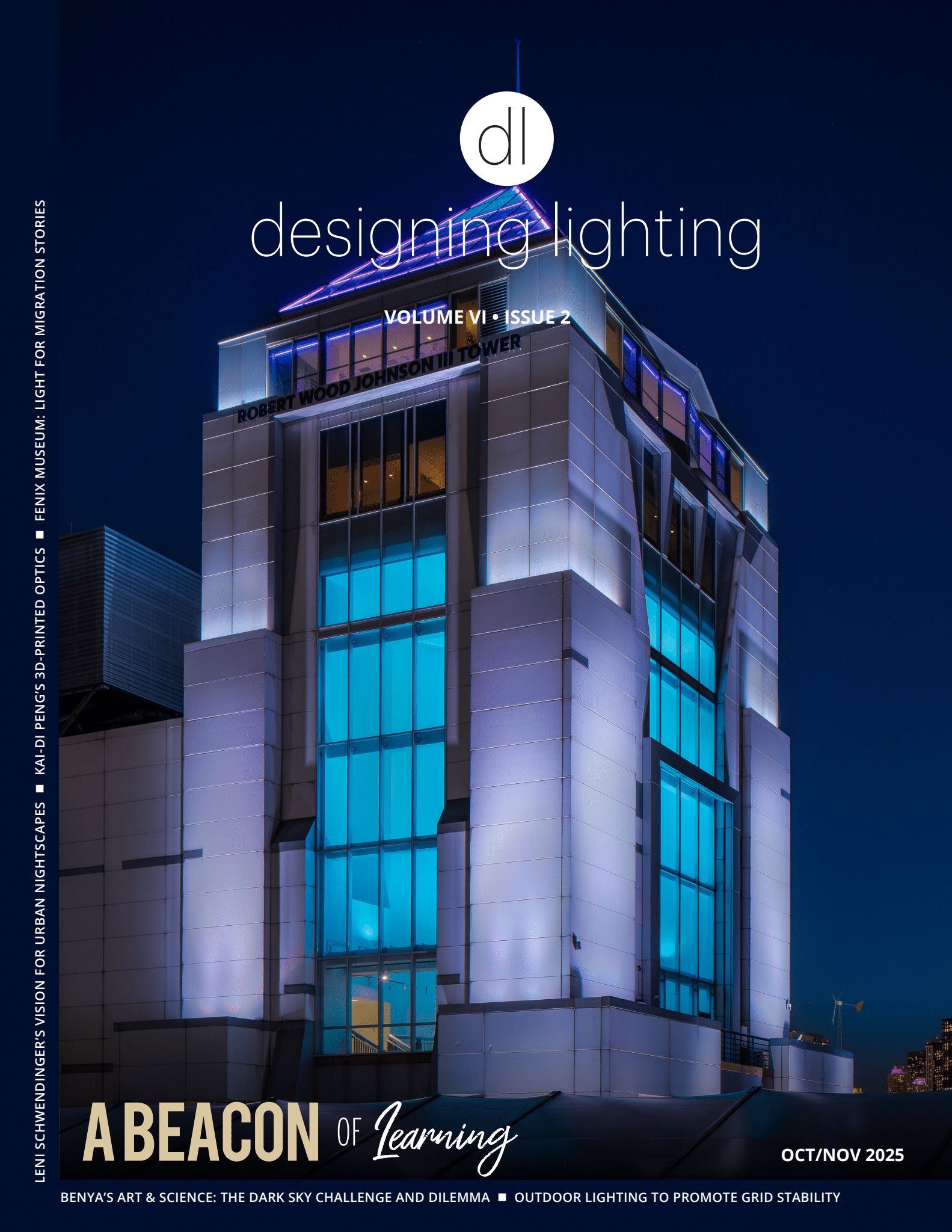Light Justice NOW Awards
An award that celebrates beneficial lighting design for underserved communities.

About the Event
Everyone deserves good lighting and beneficial darkness. The following are recommended categories, submission requirements, and judging criteria to recognize exceptional achievement in lighting design that positively benefits and measurably impacts the visual environment for an underserved, marginalized community and/or its occupants. These Community Impact categories, requirements, and criteria are intended to be integrated with existing lighting awards programs to extend the reach and significance of those programs.
Beyond exhibiting lighting design creativity and quality, the Community Impact award-winning projects, initiatives, and academic work will demonstrate stakeholder engagement and responsiveness to their needs. The results will exemplify and promote quality lighting investments for exterior and/or interior spaces that are typically overlooked and underfunded, such as public parks, public housing, schools, and community centers that serve historically under-resourced, underserved, and vulnerable communities.

Categories and Submission Requirements
Project Award
- This is for a built lighting installation completed within the last three years. The project may be for exterior and/or interior lighting.
- Submitted by a practicing lighting professional (lighting designer, sales representative, lighting contractors, or others).
- Submission must include a project narrative, including a social justice impact statement, with supporting testimonials or articles, and graphics addressing:
-
- Project objectives and challenges
- Methods for engaging stakeholders
- Strategies for optimizing visual comfort, daylighting, and views
- Tactics for handling budgetary and other constraints
- Techniques for addressing safety, security, affordability, and maintainability concerns
- Outcomes that demonstrate the achievement of project goals and community benefits
- We encourage participation, even if the designer was able to make a difference in one room/part of a project, as long as the design directly reflects the competition’s purpose and desired outcomes.
-
Initiative Award
- For a lighting improvement program or initiative begun within the last three years.
- Two award categories: Interior and Exterior, and multiple awards of merit
- Submitted by a practicing lighting professional, community organizer, or governmental agency.
- Submission must include a project narrative, supporting testimonials or articles, and graphics addressing:
- Program objectives and challenges
- Methods for engaging stakeholders
- Tactics for handling budgetary and other constraints
- Techniques for addressing safety, security, affordability, and maintainability concerns
- Outcomes that demonstrate the achievement of project goals and community benefits.
Submission Materials
- Please submit a single PDF with all the necessary information
-
- Project narrative -1 page
- Notated project images, maximum of 8 images (mobile phone images welcome)
-
Submission and Judging Deadlines
- Submissions are due by July 10, 2026
- Judging on July 15, 2026
- Winners will be notified by July 22, 2026
- Awarded at TBD
Judging Criteria:
- The judging committee will consist of at least five experienced, qualified judges selected by the awarding organization.
- Submissions will be judged for:
- Clarity of the project narrative and graphics to communicate intent, methods, and outcomes.
- Evidence of stakeholder engagement and involvement in the lighting design process.
- Explanation of project challenges and constraints successfully addressed by the lighting approach and results.
- Demonstration of investment in visual comfort, lighting quality, maintainability, access to daylight and views, prioritization of back-of-house spaces, and other aspects that improve the visual experience for under-served, under-resourced communities.
- Strength of stakeholder testimonials, community bulletins, local media articles, or other success indicators.
- Bonus consideration for:
- Using Light Justice strategies of engagement, education, empowerment, and deployment
- Boosting community economic value
- Deploying a marketing strategy (placard, website, etc.) for the community to showcase this lighting project as civic pride and placemaking, with the community participating in the design process.
Award Benefits
- Award Certificate
- Publish projects in the magazine
- Recognition at Awards Ceremony
-

